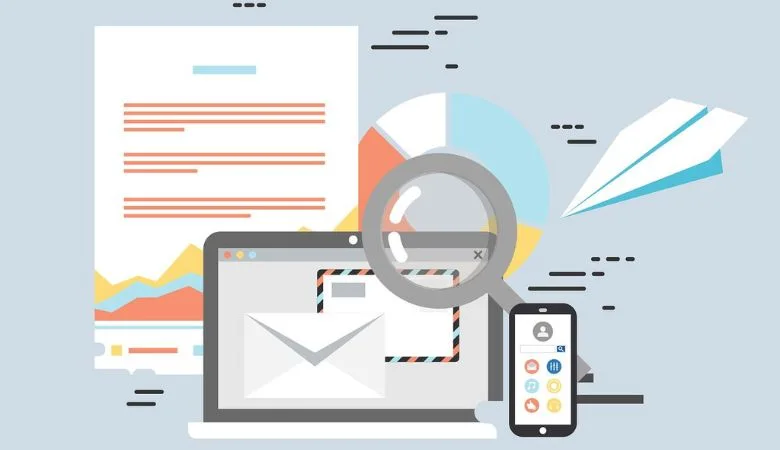Even with the different workplace communication platforms available today, email is still the backbone of legal communication. However, it’s also one of the least secure platforms for most small and medium organizations.
This is a big issue for legal firms, as a single misdirected message or a compromised account can lead to financial loss, reputational damage, and even breaches of professional conduct.
As cyber threats evolve and become more complicated, it’s every firm’s responsibility to ensure that everyday email communications uphold confidentiality regardless of the platform used. This is a key part of the modern firm’s digital maturity and responsibility goals [get the complete overview].
Implement Multi-Factor Authentication and Access Controls
This is the most basic step you should take, as even secure passwords aren’t enough to ensure that your sensitive client information stays secure. Since they can easily land in the hands of malicious individuals through methods like phishing, MFA provides an extra step to the login process.
Before a person can log in to their email, they’ll be required to verify their identity through a second method. This can be a mobile app code, an SMS code, a biometric scan, or a hardware token.
While it’s a simple method, it makes a huge difference. A 2023 Microsoft study found that MFA reduces the risk of compromise by 99.22% in general and by 98.56% in cases where the attacker had the leaked credentials.
Encrypt Communications and Attachments
Your emails often contain contracts, court filings, and lots of privileged correspondence. Encryption ensures that even if an email attachment falls into the wrong hands, its content still remains unreadable to anyone who isn’t the recipient.

In email communications, encryption has two layers. The first is Transport Layer Security (TLS) and is often enabled by default to secure messages as they move between servers.
The second layer is end-to-end encryption, where you lock down particular content such that only the sender and recipient can open it. This kind of encryption comes in handy when sharing sensitive material such as merger documents and client strategies, as a breach of these can have huge consequences.
There are also lots of other documents that can benefit from end-to-end encryption, and firms should establish policies around which documents should never be sent in plaintext.
Use Data Loss Prevention (DLP) Tools
Even after setting up strict access policies, data still leave the organization accidentally. Data Loss Prevention (DLP) tools help prevent this by monitoring the use and sharing of sensitive information within an organization. They can then flag, block, or encrypt risky communications before they leave the internal network and compromise sensitive data.
For example, if an associate accidentally tries to send a draft agreement with client details to an external email address, the system can automatically block it or require additional permission.
Educate Teams on Confidentiality and Cyber Awareness
Even the most advanced security systems still leave room for human error, so you need to ensure that all lawyers and operations staff in the firm know how to handle sensitive information.
Start by making confidentiality awareness part of your regular practices, not just an annual training thing. During these sessions, you can show different examples of real risks, such as a phishing attempt disguised as a client update or a malicious attachment labeled “contract revision”. This way, they can connect to the situation in everyday work, not just in theory.
Remind them of existing and updated policies on encryption, secure file sharing, and verification of external addresses. Whether it’s a new hire or a partner, everybody should know their security obligations to clients, the organization, the bar association, and the jurisdiction.
You can then complete this by creating a reporting culture where individuals flag and report mistakes or suspicious activities. This will allow your IT teams to contain risks early and turn what could have been a breach into a minor incident.
Closing Thought
Email remains the lifeblood of legal communication, but without robust safeguards, it’s also one of the profession’s greatest vulnerabilities. Strengthening authentication, encryption, and data governance transforms email from a liability into a trusted channel for client engagement. Yet technology alone isn’t enough. True confidentiality depends on a culture of vigilance—where every lawyer, partner, and staff member understands their role in protecting client trust. In today’s digital legal landscape, security isn’t an IT function. It’s a defining element of professional integrity.
